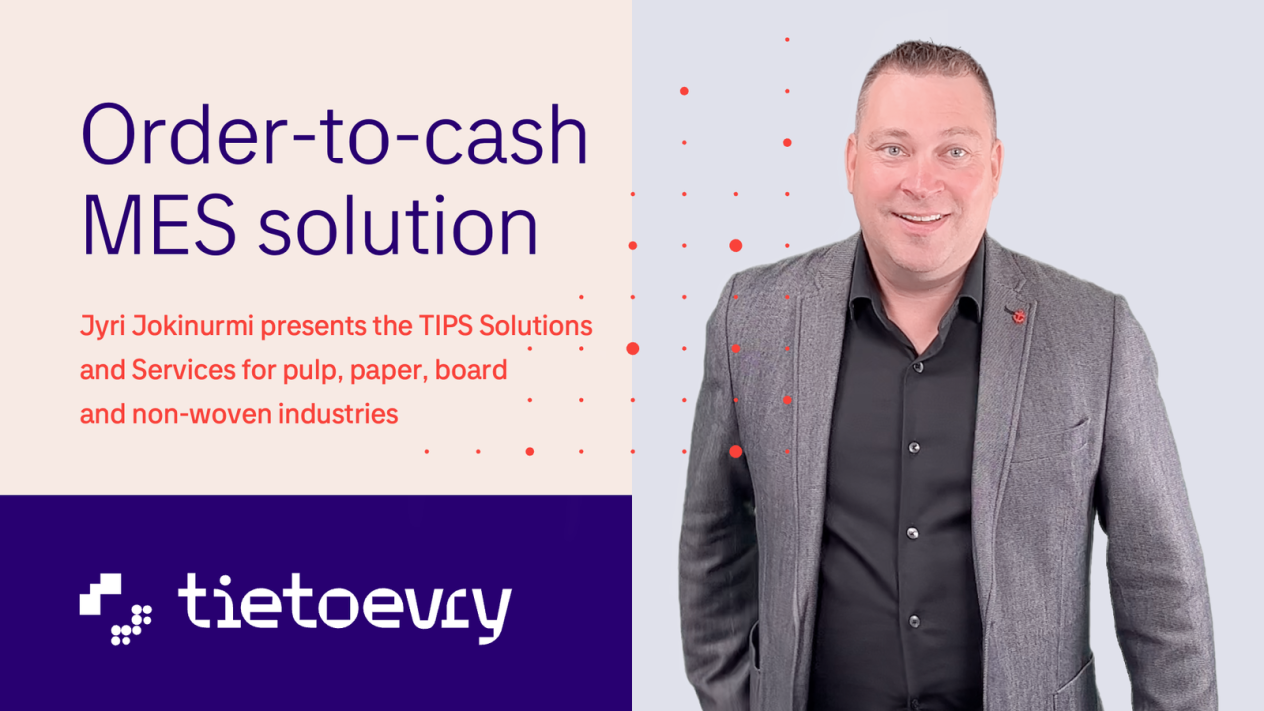The Conference, held in Chicago, USA, November 2023, focused on the state of the containerboard industry that has in recent times had to deal with unprecedented volatility. The conference placed great emphasis on the future of the industry and the market outlook.
The containerboard industry’s today and tomorrow
The containerboard industry is an exceptional sector because, like tissue, it has enjoyed relatively stable and good demand even during the two years of the global pandemic.
Yet even though the packaging industry is going strong, it has its challenges. Raw material prices are going up, putting increasing pressure on the margins, which are slim to begin with.
Large global players dominate the market, which limits providers’ possibilities to shift increased costs to selling prices.
In addressing these challenges, companies are increasingly turning to Integrated Business Planning and Sales & Operations Planning (S&OP) strategies to improve their forecasting accuracy, optimize production schedules, and better manage costs. Optimizing production and profits are leading more and more players in this traditional industry to explore the possibilities of digitalization.
Finally, consolidation continues. A merger of two giants, Smurfit Kappa and WestRock, will create the world’s largest containerboard operation spanning 42 countries, and it is likely that other, smaller ones will arise as well.
Challenges to overcome
Perhaps the biggest worry for most participants was whether they dare to invest, and when to invest.
Both production and profit optimization must go further. Industry actors are waking up to the fact that meaningful improvement can only be achieved through increasing digitalization, something they are unfamiliar with.
No wonder that many questions from the audience revolved around digital transformation. It was clear that top management understands the importance of a holistic change instead of mere IT projects, which have so far been staple in the industry.
Another hot topic was Artificial Intelligence and what can be done with it, as well as the kind of innovation and operational improvements it will enable. While there are numerous practical examples of AI usage, such as predictive maintenance, ML algorithms in demand forecasting, digital twins, and co-bots, the adoption of AI and digital tools is not just a technological upgrade. Alongside end-to-end digital solutions, it will also help customers achieve much more, such as improved efficiency, productivity, and a streamlined supply chain.
Demand forecasting is an important springboard to a more lucrative future, which is another reason for increased interest in digitalization and Artificial Intelligence. It is a cornerstone of successful Sales &Operations Planning, and is becoming increasingly vital in navigating the rapid changes in end-user behaviour as well as the evolving digital and e-business landscape.
In packaging, an even greater need exists to meet the needs of digital and e-business, with the related investment pressures in packaging, converting, and corrugating.
Tools for creating a smarter future
Advanced digital tools, proven in real-life operation, are available from leading information technology solution providers that this traditional industry would do well to investigate. Even end-to-end solutions exist that cover the entire value chain from the paper manufacturer to the packaging board and related logistics.
As consolidation advances, the advantages of scale are often hampered by an overly complex information system landscape, with systems inherited from various parts of the merging organizations that do not communicate. Typically, integration between ERP systems and Manufacturing Execution Systems (MES) is poorly implemented or non-existent, while S&OP functions are manual or missing. As companies consolidate, the integration of disparate systems presents a unique opportunity to implement a cohesive Integrated Business Planning approach, ensuring alignment across the entire organization from supply chain to financial planning. Overall, internal company system consolidation would be immensely useful and enable optimization at corporate rather than only mill level.
Both Tietoevry's industry expertise and standard end-to-end Order to Cash industry specific solutions demonstrate excellence and global leadership. TIPS Industry Solutions and Services, installed in hundreds of mills around the world in pulp, paper, and fibre information systems, are well-equipped to support organizations in their journey towards advanced Integrated Business Planning and S&OP.
We will be happy to arrange a meeting to explore together the possibilities to change your organization into a digitally driven powerhouse of the 21st century.
Your Digital Business Transformation Partner
